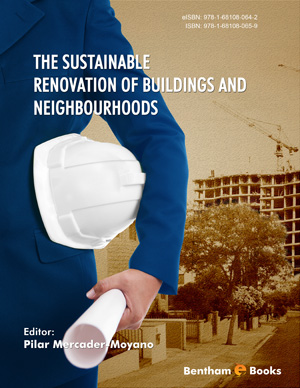Abstract
The European Union has identified construction and demolition waste (CDW) flow as a priority waste stream. In 2012, more than 26 million tons were generated in Spain, of which almost 33% was derived from the building sector. Besides the strong growth in the building activity since 1991-2011 (20.3% versus population growth was only 14%) focused on newly built constructions, in the past recent years, a new paradigm is currently rising in Spain, changing from new construction activities to building rehabilitation works, mainly due to the severe economic crisis. This change together with the recent legal requirements for building Energy Efficiency will lead to a considerable increase of building rehabilitation and, in particular, energy retrofitting works, pushing the construction sector towards a new challenge. This new challenge will generate vast amounts of CDW, as building rehabilitation works generate higher amounts of waste compared to newly built constructions. In addition, according to the I National Waste Management Plan published by the Ministry of Environment, 54% of the total CDW generated in Spain corresponds to ceramic materials. This situation has led to the definition of research seeking the recovery of these wastes in order to promote their reduction and avoid landfilling, promoting as well the correct waste management to turn them into resources and save raw materials. Therefore, this chapter presents the results of a research project conducted to analyze the feasibility of incorporating ceramic brick and tile waste from construction in a plaster matrix, through a study carried out in laboratory and ensuring meeting the current regulations. Results show that it is possible to incorporate up to 25% of ceramic waste over the weight of gypsum without changing its basic properties. Perforated brick waste achieves the best behavior: increases mechanical strengths (31% compression and 29% flexural) and surface hardness (8%), and reduces water absorption around 25%.
Keywords: CDW, recycling, construction materials, ceramic, plaster.


















